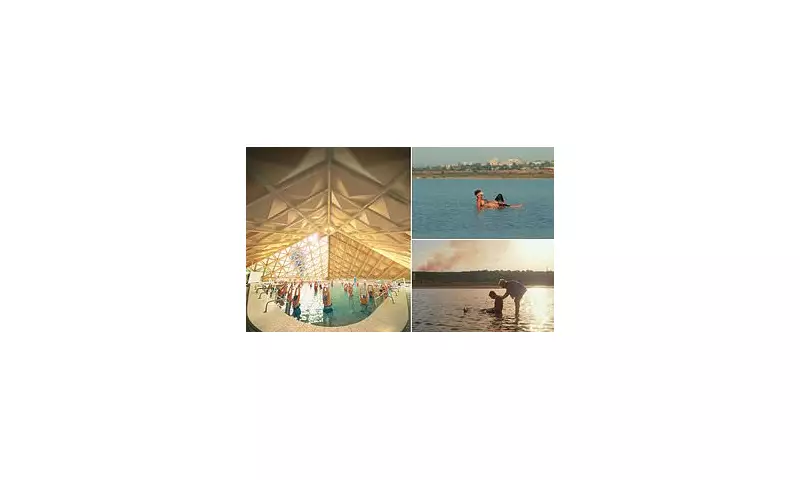
Hidden deep in the Armenian mountains lies a medical time capsule that defies modern understanding—the Jermuk Sanatorium, a Soviet-era health resort where time appears to have stopped with the collapse of communism. A gripping new BBC documentary, Sanatorium, part of the Storyville series, takes viewers inside this extraordinary institution where patients willingly submit to bizarre and unproven treatments.
The film reveals a world where medical science meets Soviet superstition, as patients undergo everything from bee-sting therapy to radon water treatments in pursuit of healing. Director Arshak Kirakosyan captures the surreal atmosphere of a place that operates on principles long abandoned by Western medicine.
A Glimpse Behind the Iron Curtain
The sanatorium functions like a self-contained Soviet microcosm, complete with its own currency system and communal living arrangements that hark back to communist ideals. Patients trade in coupons for treatments, creating an economic bubble isolated from the outside world.
One of the most compelling aspects is the patients' unwavering faith in these unconventional methods. Despite the lack of scientific evidence, many return year after year, convinced of the treatments' efficacy for conditions ranging from arthritis to more serious ailments.
Time-Stamped Medical Practices
The documentary showcases several eyebrow-raising procedures that have remained unchanged for decades:
- Apitherapy: Deliberate bee stings administered to patients
- Radon water immersion: Bathing in naturally radioactive water
- Paraffin wax treatments: Covering body parts in heated wax
- Copper pipe therapy: Applying heated metal pipes to affected areas
Christopher Stevens' review highlights how the film raises profound questions about the psychology of healing and the power of belief in medical outcomes.
More Than Medicine: A Social Experiment
Beyond the unusual treatments, the sanatorium serves as a living museum of Soviet social structures. The communal dining, shared living spaces, and collective approach to healthcare provide a fascinating window into a vanished way of life.
The documentary subtly explores how this environment creates a unique community bond among patients, many of whom form deep connections during their stays. This social aspect becomes as much a part of the treatment as the medical procedures themselves.
As Stevens notes in his review, the film succeeds not just as a medical curiosity but as a poignant human story about hope, tradition, and the enduring search for healing in a world where modern medicine doesn't always have the answers.





